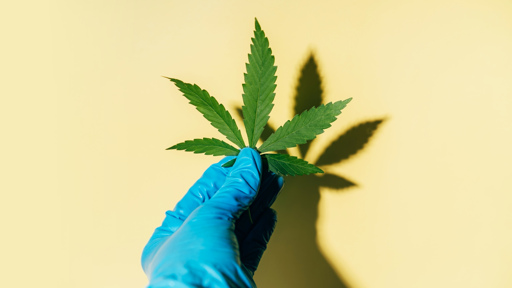Ten years ago, medical marijuana was only legal in about half of U.S. states, and recreational use was outlawed in most of the country. Today, although marijuana remains illegal at the federal level, most states have legalized some use of the drug, setting off a green rush that, according to the data platform Statista, is predicted to bring in nearly $47 billion in revenue this year.
But in the absence of regulations or guidance from the federal government, states are struggling to oversee the flood of new businesses and products. Although experts told Undark that illicit marijuana remains the bigger safety hazard, across the country, independent tests have documented rampant problems with the legal products on dispensary shelves, including overstated THC levels as well as amounts of pesticides, mold, and heavy metals that exceed state limits.
Whistleblower reports and interviews with industry insiders show how some producers seek out lenient testing labs to examine their product. Some labs, in turn, may see a boost in business if they inflate THC values and greenlight contaminated products — a pattern corroborated by Undark’s own analysis of testing data obtained through state open records laws.
More potent products sell better, said Mike Graves, a one-time major Oklahoma grower who has tangled with Parker and Hrabina. In an interview with Undark, Graves acknowledged shopping around for favorable labs: “I’d roll a joint,” he said, and would “send it out to three different companies.” He would then use whichever company returned the highest THC level to provide the required testing certification for his products.
The industry’s problem, Graves said, is lax oversight of bad labs.
Believe it or not, this is a very short excerpt. Ever since I discovered Delta 8 years ago, I won’t buy anything without a CoA, but back then it was all online, and Redditors would regularly post about differing results when they sent samples off for testing.
In this way, users were regulating the market for those who knew where to look – and, in the end, pretty much three to four distillate producers got the overall stamp of approval. That’s simply not feasible in a fractured physical retail flower market.
And boards or commissions previously used to handling just alcohol have an entirely new issue on their hands, as alcohol is rather widely known for being a good disinfectant. Under a previous administration, I’d have said marijuana should have fallen under USDA testing upon federal legalization, but should both randomly happen, the current patchwork system would likely be more reliable.
Read the title. Thought this was going to be about people spraying Roundup on their lawns. How dare you trick me into reading an interesting piece on perverse market forces?!
What happens when there’s a risk a crop could fail? “It puts pressure on me to consider cheating, because I’m not so profitable that I can afford to lose even one.”
I didn’t realize the growers operated on such thin margins.
For each batch tested, the lab issues a certificate of analysis (CoA) with contaminant testing results and details about the product’s chemical composition. Products that fail may be remediated — moldy cannabis might be treated with ultraviolet light to kill the microbes, for example — or destroyed.
The fatal flaw in this system is that cannabis labs are paid by the producers, which creates a financial incentive for labs to falsify results
That’s the same issue we have with bonds getting triple-A ratings.
But following the rules often means losing a client, he said. “They’re just going to go to another lab who will do exactly what they want, even if they charge double the price.”
So, as in with bonds ratings, honest and scrupulous labs will go broke, leaving us with labs that give reassuring results for high THC potency or low pesticide contamination.
For example, surveys have found that 25 percent to 37 percent of Parkinson’s patients use cannabis to reduce symptoms such as tremor, stiffness, and pain. But research suggests that organophosphate pesticides, which are common contaminants in cannabis, may be linked to the onset or faster progression of Parkinson’s disease.
Well why aren’t their stricter rules?
Recently, state legislators killed a proposal to expand the list of pesticides that labs must test for from 13 to 60.
Dammit. I blame the stupid rhetoric on how ‘regulation stifles industry!’ for letting such bozos govern. We could have a government that didn’t allow businesses to poison their customers, but nooooo, the U.S. thinks poison is fine if it gets us fewer laws and less government. I want to hear people saying, “Regulations are written in blood. They exist because people were injured and killed without them.”
I like the positive note about Maryland towards the end , but it shouldn’t be so hard to get decent information.



